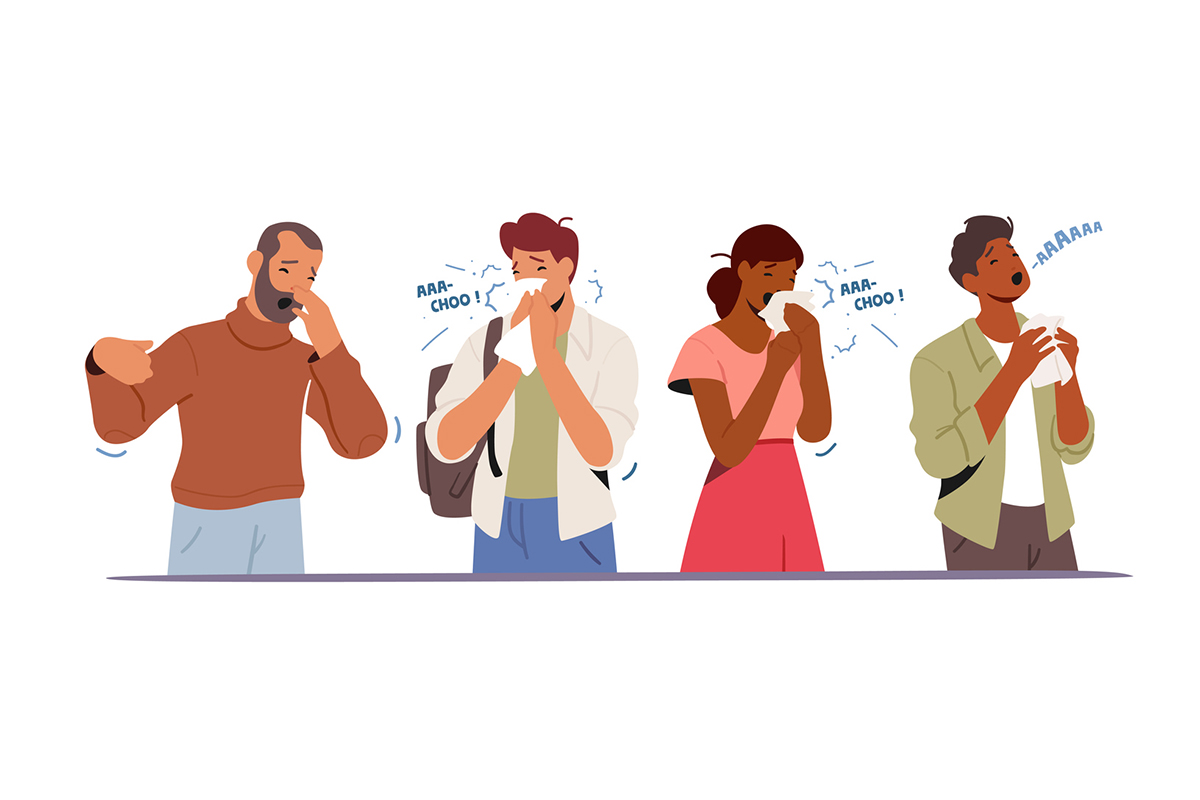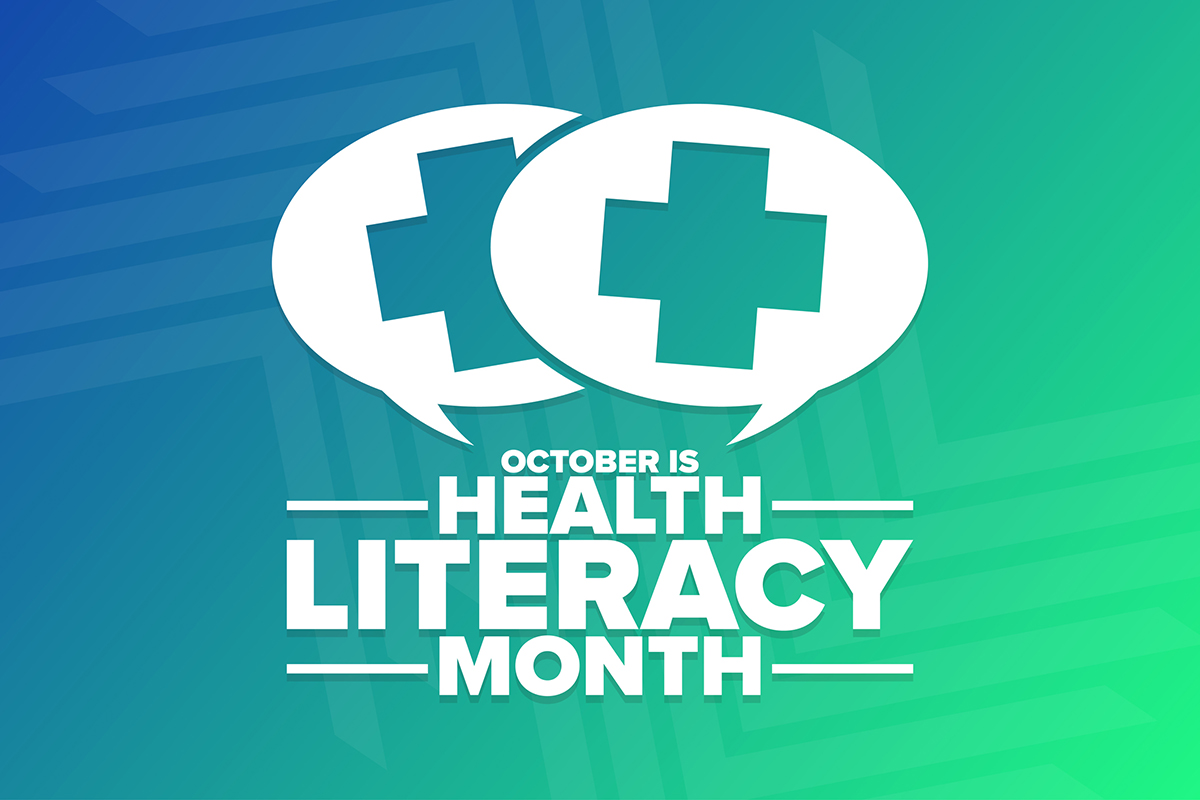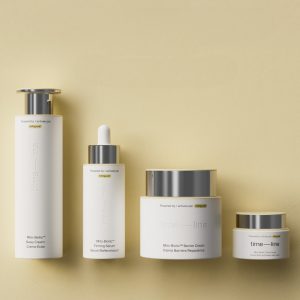Last week, in the first installment of this series, I tackled some of the most contentious issues surrounding the virus.
What strikes me is that, over nine months into the pandemic, and amid record new cases, some of the most fundamental questions about COVID-19 remain unanswered. So here, without attempting to provide a definitive solution where uncertainty persists, I summarize some more of these controversies. Even if you’ve circled the wagons around your particular entrenched belief, I urge you to keep an open mind on some hotly-contested issues—which are by no means “settled science”.
“Herd immunity”: Dr. Anthony Fauci and Senator Rand Paul—both physicians—had it out recently in Congress over this issue. Paul contends, with some justification, that a large number of people in the U.S. have already been exposed to COVID-19 and hence possess immunity. When enough people have had the virus to halt its progression, that constitutes population “herd immunity”.
The controversy centers over what constitutes herd immunity in the current pandemic. Fauci insists that the classic rules of epidemiology apply: At least 60-70% of the population must be exposed to reach the threshold of herd immunity. Anybody who says otherwise is likely to be branded a heartless heretic, resigned to killing off the vulnerable with a “let-er-rip” policy.
But Senator Paul cites certain experts who believe that previous exposure among the general populace to other related coronaviruses may confer full or at least partial resistance to COVID-19; current antibody tests measure just humoral immunity, underestimating T-cell memory which is hard to assess with current tests. Relative herd immunity, they maintain, may be attained by a lower percentage of exposure—around 20%
Add to this the new revelation that analysis of Red Cross blood donations from 4th quarter 2019 already contained antibodies to COVID-19, well before we were even aware we were in a pandemic!
Many COVID-19 hotspots, like New York City, already register positivity at 25% or higher, which means considerable immunity is out there. Will it be enough to put speed bumps in the path of the virus? Dr. Fauci says “no way” until more people are rendered immune via vaccination.
Others, like the authors of the Great Barrington Declaration, contend that lockdown measures merely postpone the inevitable by delaying the acquisition of sufficient herd immunity to slow the virus down. Historically, that’s how most pandemics have played out.
At the current accelerated pace of natural infections, might it not be ironic if COVID-19 abates this spring—well before the vaccines are deployed to a high percentage of the population?
Swabbing down: Handwipes and disinfectants are ubiquitous. Cleaning crews labor tirelessly to swab down surfaces to remove all possible taint of the contagion. People sheltered-in-place, wiping down DoorDash deliveries lest the virus invade their living spaces.
Symbolically, it’s a measure of reassurance. And it’s been a boon to cleaning services and manufacturers of household cleaning products.
But is it doing anything to contain spread of the virus? Only late in the game have we come to realize that coronavirus doesn’t readily spread via fomites—“objects or materials which are likely to carry infection, such as clothes, utensils, and furniture.” While scary studies have documented that viral particles can be detected on surfaces hours, or even days, after deposition, the contribution of this mode of transmission has been found to be negligible. It’s mostly aerosolized spread that infects people.
A sick person would have to cough or sneeze on your takeout order (unlikely), you’d have to handle it, and then, without requisite hand-washing (which we’re all doing obsessively anyway), rub your eyes or nose (habits we’ve long since abandoned) to inoculate yourself with sufficient live, viable virus to acquire an infection. The virus doesn’t have the capability to leap unassisted from a surface into your respiratory tract!
Besides, all those chemicals are harmful. In addition to promoting antibiotic resistance, it’s been demonstrated that some disinfectant ingredients de-energize cells and impair hormone response. Quaternary ammonium compounds used in common household products inhibit mitochondrial metabolism; other chemicals are xenoestrogens.
Not to mention respiratory problems in vulnerable asthmatics and children from inhaling irritating chemical vapors.
Masks: Nowhere have battle-lines formed more than over the issue of masks. That’s because the issue has been politicized. They’ve become synonymous with submission to government edicts, which rankles many Americans.
Masks do work, but they’re not a hundred percent effective. Why? Partially because they’re porous and admit some viral particles (but interdict them to a greater or lesser extent, depending on the quality of the mask). Partially because they’re often worn incorrectly, not covering the nose or mouth completely. And partially because no one wears them 100% of the time when viral exposure is likely.
A controversial study called DANMASK19 is frequently cited as a repudiation of universal masking. But it merely concluded that in situations where there’s not much virus circulating around, masks don’t make a significant difference. It also doesn’t address the important consideration of whether or not masks protect other people from acquiring the virus from an infected person.
For a fair assessment of the mask controversy, read this review. The author concludes: “Masks are not parachutes. Their effect size at best is going to be modest. Every time you muster the breath to advise someone to wear a mask, advise handwashing, distancing, and avoiding indoor gatherings too.”
Hydroxychloroquine: Even more so than masks, the use of this drug has been controversialized. Many studies have shown that for the sickest patients in hospital, it’s worthless. Major medical journals have disgraced themselves by prematurely publishing half-baked negative studies on hydroxychloroquine in their efforts to discredit it, only to have to retract them.
But, along with many other independent-minded physicians, I continue to maintain that hydroxychloroquine has a place, if only minor, in the management of early COVID-19, particularly if it’s teamed with Azithromycin and zinc.
And we’ve been vindicated. A recent meta-analysis out of UCLA confirms that “early use of the drug by people who were not hospitalized yielded a statistically significant 24% reduction in risk of infection, hospitalization or death.”
And another recent study in the International Journal of Infectious Diseases concluded “Hydroxychloroquine linked to reducing ICU admissions among hospitalized COVID-19 patients by 53%.”
In next week’s installment, we’ll talk about the vaccine. Should you get it?







